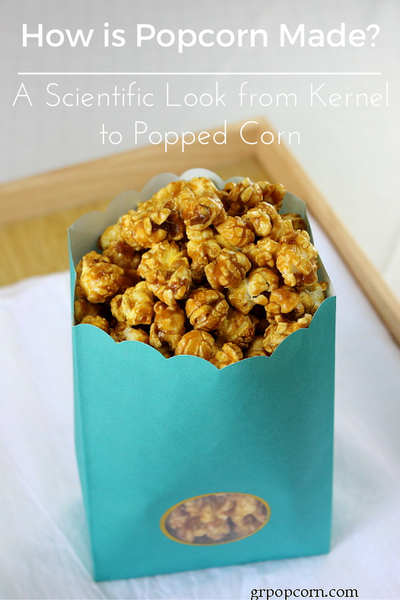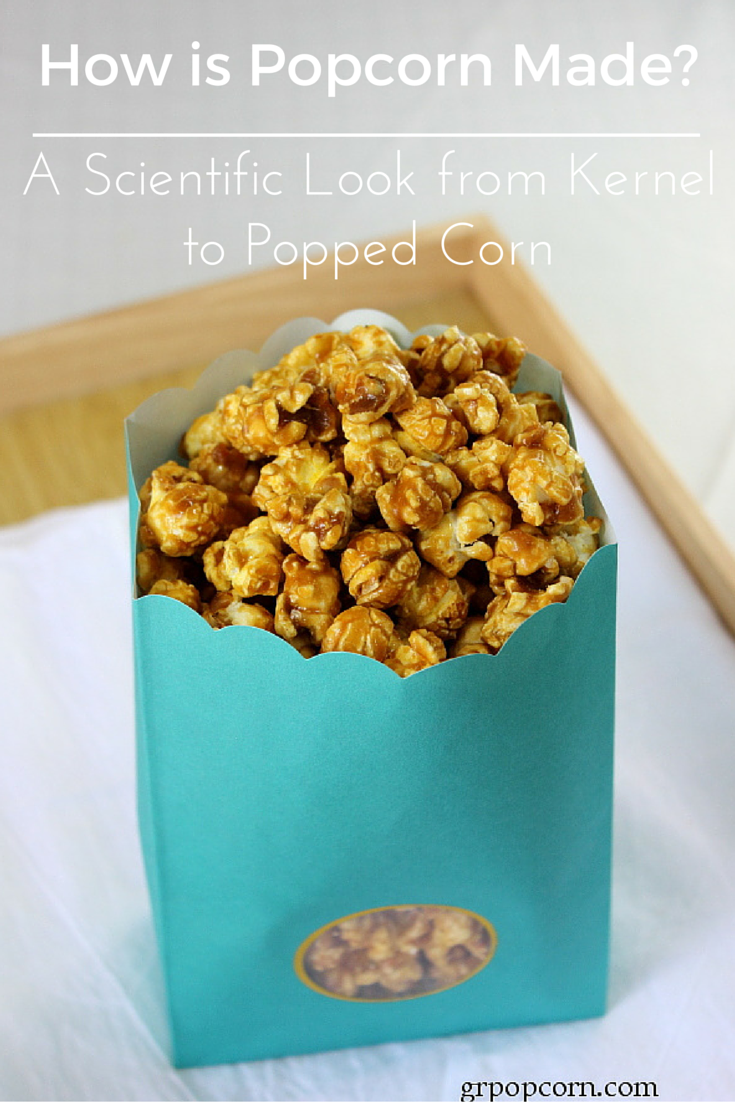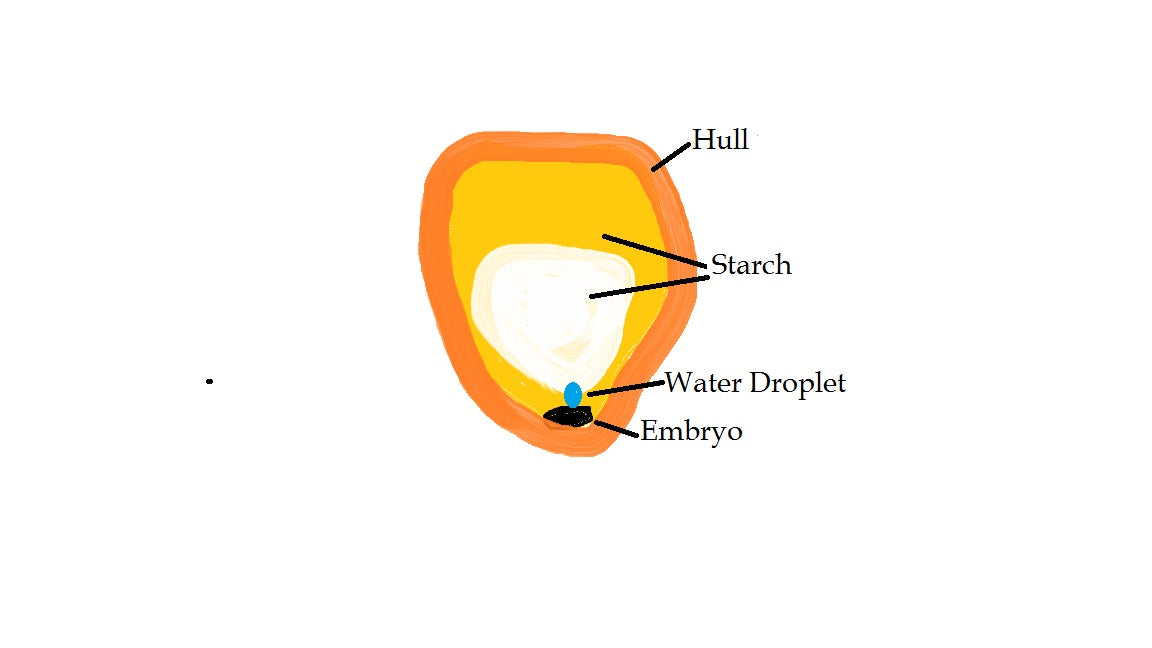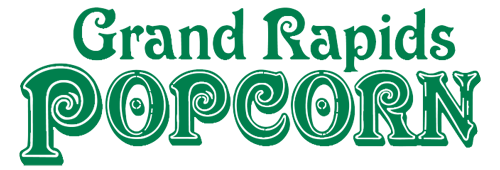
How is Popcorn Made? A Scientific Look from Kernel to Popped Corn
 Popcorn is a fun and delicious snack. We eat it just about everywhere we can, including ball games, sporting events, carnivals, fairs, and movie theaters. I think it's fair to say that we're obsessed. We’ve been fascinated with popcorn since the late 1800’s, when Charles Cretors invented the first mobile popcorn popper. But where exactly does this fascinating and tasty snack come from?
Popcorn is a fun and delicious snack. We eat it just about everywhere we can, including ball games, sporting events, carnivals, fairs, and movie theaters. I think it's fair to say that we're obsessed. We’ve been fascinated with popcorn since the late 1800’s, when Charles Cretors invented the first mobile popcorn popper. But where exactly does this fascinating and tasty snack come from?
Popcorn Varieties
There are many varieties of corn:
- Sweet Corn – the corn that we eat on the cob
- Field Corn – the corn that is used to feed animals
- Flint Corn – Also called Indian corn, used as a decoration
- Popcorn – the only corn that pops There are several varieties of popcorn, including rice popcorn, pearl popcorn, red, black, rainbow, yellow, white, and blue. These are known as gourmet specialty popcorn varieties. Some larger popcorn companies employ scientists who are constantly creating new strains and hybrids to improve popcorn's "pop".
Farming Popping Corn
New strains of popcorn are cultivated with specific factors in mind, such as: disease, how easy they are to grow, how sturdy the stalks are, weather damage, resistance to insects, etc. All hybrids are different, so specific hybrids are used for specific purposes. There is a specific hybrid for microwave popcorn, movie theater popcorn, caramel corn, etc. Once the corn varietal is selected, it's planted in rows that intersect at 90-degree angles in rich soil. This allows for harvesting by a machine. Popping corn is dried for eight to twelve months, and taken to the factory for further processing.The Science of Popcorn
Each kernel is made up of a plant embryo, a starchy endosperm that feeds the embryo, and a hard exterior called the bran or hull. And within each kernel is a small droplet of water - the key to its"pop". As heat is applied to the dried kernels, the droplet of water converts to steam, and pressure begins to build. Once the hull can no longer hold the pressure of the steam, the kernel explodes. The starch inside the kernel turns into the white fluffy, crunchy stuff we call popcorn.
As heat is applied to the dried kernels, the droplet of water converts to steam, and pressure begins to build. Once the hull can no longer hold the pressure of the steam, the kernel explodes. The starch inside the kernel turns into the white fluffy, crunchy stuff we call popcorn.
There are two main methods to popping popcorn - the dry method and the wet method. The dry method uses dry heat to pop the kernels, such as a fire or an air-popper. The wet method uses oil to help distribute the heat, and results in a more even popping. This is the more popular method. Microwave popcorn, movie theater popcorn, and most other commercial poppers use this method. Kernels with the right amount of water will be fluffy and light. Kernels that have too much water inside will be dense and gummy. Un-popped kernels have most likely dried out.
Know someone who would love to start popping at home? Check out our The Perfect Pop gift set.
Resources
http://modernfarmer.com/2014/07/popcorn-fieldnote/
http://www.madehow.com/Volume-5/Popcorn.html

Post a Comment!